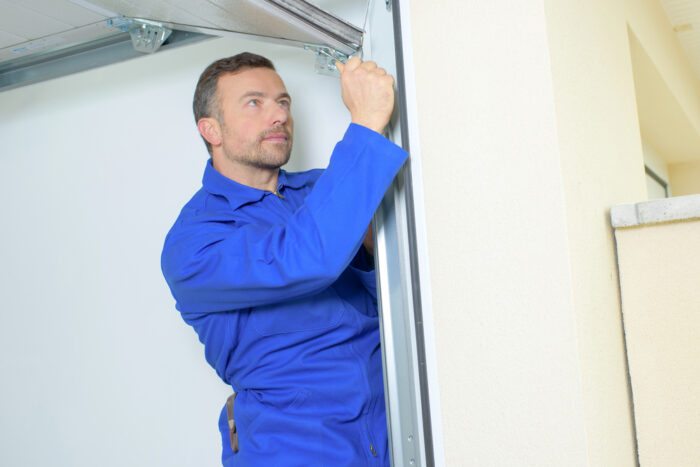No products in the cart.
Work From Home
Critical Pest Exclusion Tips to Safeguard Your Home and Business
Home Business Magazine Online
Rodent populations are expanding nationwide, making the risk of infestation to your home and business greater than ever. These unwanted pests not only contaminate everything they touch with their droppings, urine, and hair. They also carry numerous diseases including rat bite fever, hantavirus, and many others. Rodents also transport fleas, lice, mites, and ticks, which carry even more diseases. Moreover, studies have shown that exposure to their hair, urine, and feces can trigger asthma symptoms. (What is needed is pest exclusion, discussed below in this article.)
In addition to the significant health concerns, rodents can quickly cause an enormous amount of damage to walls and foundations, costing a substantial amount of money to repair. Rodents also chew on wiring, leading to short circuits, dead wires, and even fires.
major infestation
To further complicate things, a small rodent problem becomes a major infestation almost immediately. Two rats can multiply into more than 1,200 in one year. In that same year, one female mouse will have 32 – 56 pups, each of which can have their own litter of pups at just six weeks old.+ It’s perhaps not surprising that rodents cost the world’s economy billions of dollars every year* and eat or contaminate at least 20 percent of the world’s food supply.**
plague exclusion
Keeping rodents out of your home is therefore fundamental to protecting it. Experts around the globe agree that pest exclusion — the technical term for using physical barriers to prevent rodents from entering a home or building in the first place — is far safer and more effective than attempting to remove them with baits and traps. Once rodents are inside, it is already too late.
Five Critical Pests Exclusion Tips
Here are five critical tips to protect your home and business against these tenacious pests:
1. Do not underestimate their tenacity.
Rats gnaw through plastic, wood, aluminum, brick, cement, and even lead in search of food and shelter. Caulk, mortar, and spray foam products are popular solutions to seal holes around a home. However, they offer little to no protection against rodents because mice and rats can glaw right through them. Steel wool will rust and decompose over time and therefore requires regular replacement. specialized, stainless steel products are the only solutions that will truly keep rodents out.
2. Seal tiny cracks and crevices.
Rodents can squeeze through an opening as small as a dime, which means access points are not hard for them to find. Stroll around the foundation of your home, shed, and garage and check for cracks, gaps, or holes. Keep in mind that even tiny holes will let them into your home. Do not ignore the weep holes ― a weep hole can have a crack inside of it that may not be detectable from the outside. Check carefully the places where plumbing, gas, and electric or cable wiring enter your home, along with dryer vents and exhaust vents. Seal every opening bigger than 1/4 inch with a stainless steel-based fill fabric.
3. Protect your doors.
Damaged, gnawed, worn, or missing door sweeps are some of the most common entry points for mice and other pests. Be sure to check around all of your doors, door frames, and garage doors to ensure there are tight seals. An easy way to check door frames is at night. Turn on the brightest light in the room/garage. Then go outside and see if you can see any light escaping around the door frame. If light can get out, pests can get in. Specialized rodent-proof door sweeps are fundamental for effective exclusion.
4. Think vertically.
Entry points near the ground are not the only risks. Most rodents have no difficulty scaling siding, wires, or branches to reach openings high above the ground. Assess the roof line for gaps and ensure that the shingles, ventilators, chimney, and vent screens are all in place and undamaged. In addition, make sure that your chimney cap is secure and in place. It is common for animals to climb down the chimney seeking warmth and shelter. Trim back all trees and bushes from the house so they do not provide easy access.
5. Keep it clean.
Garbage and standing water attract rodents. Take garbage out regularly and store it as far from the home as possible. Cluttered storage areas create risks because rodents can nest there undetected. Standing water in gutters, pipes, or leaky basement sinks appeals to rodents as well. Keeping all of these areas clean and well-ventilated helps protect against rodents.
Final Words
A comprehensive pest exclusion plan may seem like a daunting task given the prowess and sheer quantity of rodents. However, investing the time and attention now to safeguard your home may save you endless headaches — and money — in the future. A trained pest professional is also a valuable resource to evaluate your home for potential entry points and to seal them properly. An overview of residential rodent-proofing solutions from Xcluder, the world leader in rodent exclusion, is available at www.buyxcluder.com.
+rentokil.com and preventivepesthouston.com
*US News & World Report
**Indiana Department of Public Health
the post Critical Pest Exclusion Tips to Safeguard Your Home and Business appeared first on Home Business Magazine.

